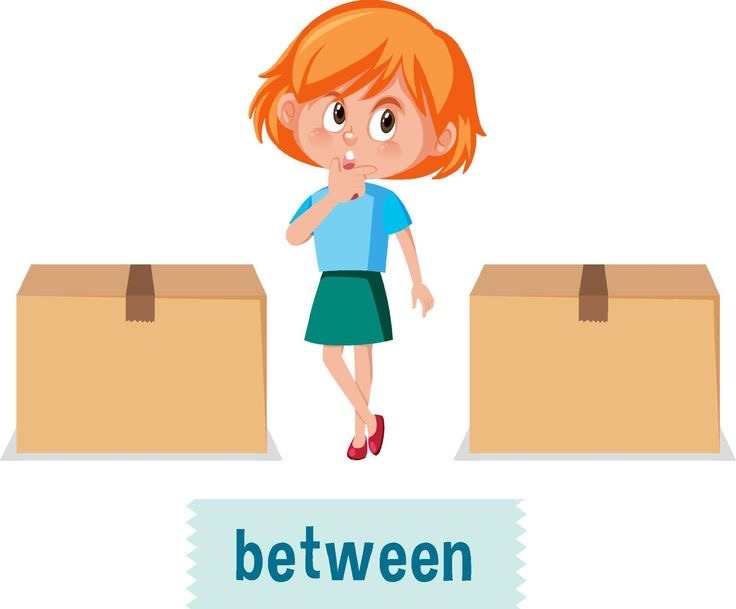Prepositions are small but mighty words that often trip up learners. Yet, they are essential in our sentences, helping us understand the relationship between objects, people, and actions. Think of prepositions as the “bridge builders” of language, connecting nouns or pronouns to other words in a sentence.
In this article, we’ll dive into what prepositions are, why they matter, and how you can make teaching them easy and fun!

What are Prepositions?
A preposition shows the relationship between a noun (or pronoun) and another element in the sentence. Typically, they indicate location, time, direction, or relationship. Here are some examples:
- Location: The cat is on the table.
- Time: We met after lunch.
- Direction: She walked into the room.
- Relationship: The gift is for you.
Prepositions often answer questions like “Where?” “When?” or “In what direction?”
Types of Prepositions
- Prepositions of Place: in, on, under, above, between
- Example: The book is on the shelf.
- Prepositions of Time: at, on, in, after, before
- Example: I will meet you at 5 PM.
- Prepositions of Direction/Movement: to, into, onto, through, out of
- Example: She ran into the house.
- Prepositions of Cause/Reason: because of, due to, for
- Example: He missed the flight because of the traffic.
Fun Ways to Teach Prepositions
Teaching prepositions doesn’t have to be boring. With a little creativity, you can make it engaging and interactive for learners. Here are some effective teaching strategies:
1. Use Real-Life Objects
Bring everyday objects into the classroom and demonstrate prepositions physically. For example:
- Put a toy on the table, under the chair, or between two books.
- Ask students to describe where the objects are: “The toy is in the box.”
Why it works: Learners connect the word to something tangible, making it easier to remember.
2. Preposition Scavenger Hunt
Create a scavenger hunt where students have to follow clues that involve prepositions. For example: “The next clue is behind the door!”
- Use flashcards or objects as clues placed in different areas of the room.
Why it works: This method encourages movement and reinforces spatial understanding.
3. Drawing and Labeling
Ask students to draw pictures based on sentences you give them. For example:
- “Draw a dog in a box.”
- “Draw a bird above a tree.”
Then, they can label the prepositions in their drawings.
Why it works: This visual activity helps cement the meaning of prepositions.
4. Preposition Songs and Rhymes
Songs can make learning prepositions fun and easy to recall. You can create a catchy song or use popular rhymes to teach prepositions.
- Example: “Over the hill, through the woods, to grandma’s house we go!”
Why it works: Music engages multiple parts of the brain, improving retention.
5. Role-Playing and Acting
Act out prepositions with students. One student can play the role of an object (like a tree), and another can pretend to be something moving around it (like a bird).
- Example: “Fly around the tree!”
- “Sit next to the tree!”
Why it works: Kinesthetic learners thrive through movement-based activities.
6. Fill-in-the-Blanks Games
Prepare simple sentences with missing prepositions. Example:
- “The cat is _ the table.” (Answer: under)
This can be turned into a quiz or a fun competition.
Why it works: This reinforces prepositions in sentence structure.
7. Use Stories with Prepositions
Write short stories or read books that contain many prepositions. Afterward, ask students to identify and highlight the prepositions.
- Example: “The bunny hopped over the fence and ran into the garden.”
Why it works: Contextual learning helps students see prepositions in natural usage.
Common Mistakes with Prepositions
- Using the wrong preposition:
- Incorrect: I am good in math.
- Correct: I am good at math.
- Extra prepositions:
- Incorrect: Where are you at?
- Correct: Where are you?
- Omitting prepositions:
- Incorrect: She walked the park.
- Correct: She walked through the park.
Conclusion
Prepositions are essential for clear communication, and learning them can be fun with the right approach. From scavenger hunts to role-playing games, you can turn a potentially tricky topic into something students enjoy. The key is to make learning interactive, visual, and engaging.
So, grab some objects, write a silly song, or send students on a scavenger hunt—and watch them master prepositions in no time!